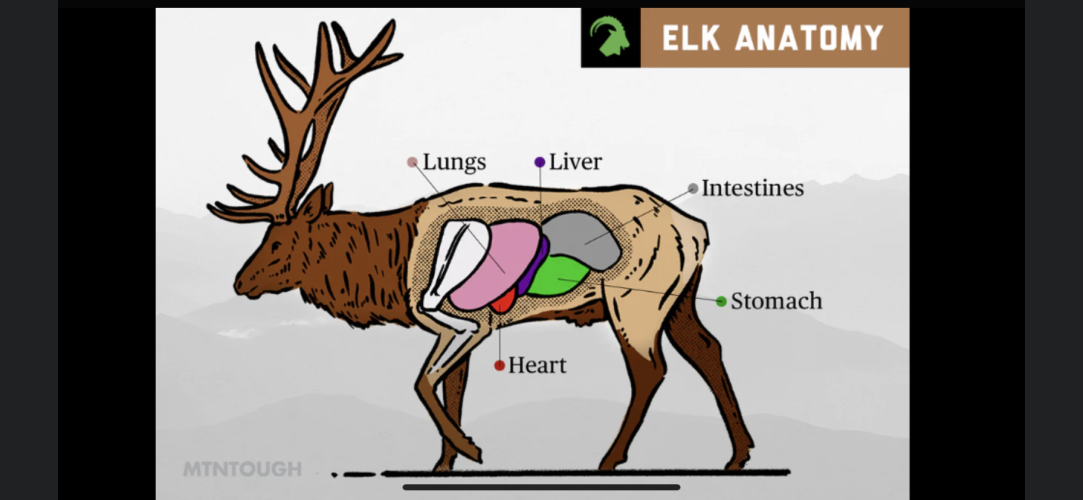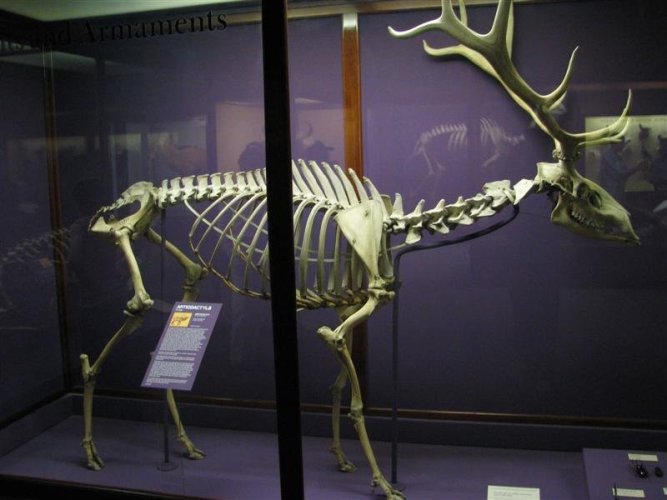Bhoesl
Well-known member
Has anyone hit a deer in the spine with an arrow and not had it break the spine - dropping right there?
I shot a whitetail doe this morning, 15 yards broadside, the hit looked a little high but definitely behind the shoulder blade. The Wierd thing was the arrow only appeared to go in maybe 4-6”. Did not hear a loud crack like hitting shoulder or something solid. Found zero blood at all.
Is it possible I hit the spine but didn’t break it? 65# compound with fixed blade slick trick broadhead…
Going out to search more after lunch.
Thanks
I shot a whitetail doe this morning, 15 yards broadside, the hit looked a little high but definitely behind the shoulder blade. The Wierd thing was the arrow only appeared to go in maybe 4-6”. Did not hear a loud crack like hitting shoulder or something solid. Found zero blood at all.
Is it possible I hit the spine but didn’t break it? 65# compound with fixed blade slick trick broadhead…
Going out to search more after lunch.
Thanks






